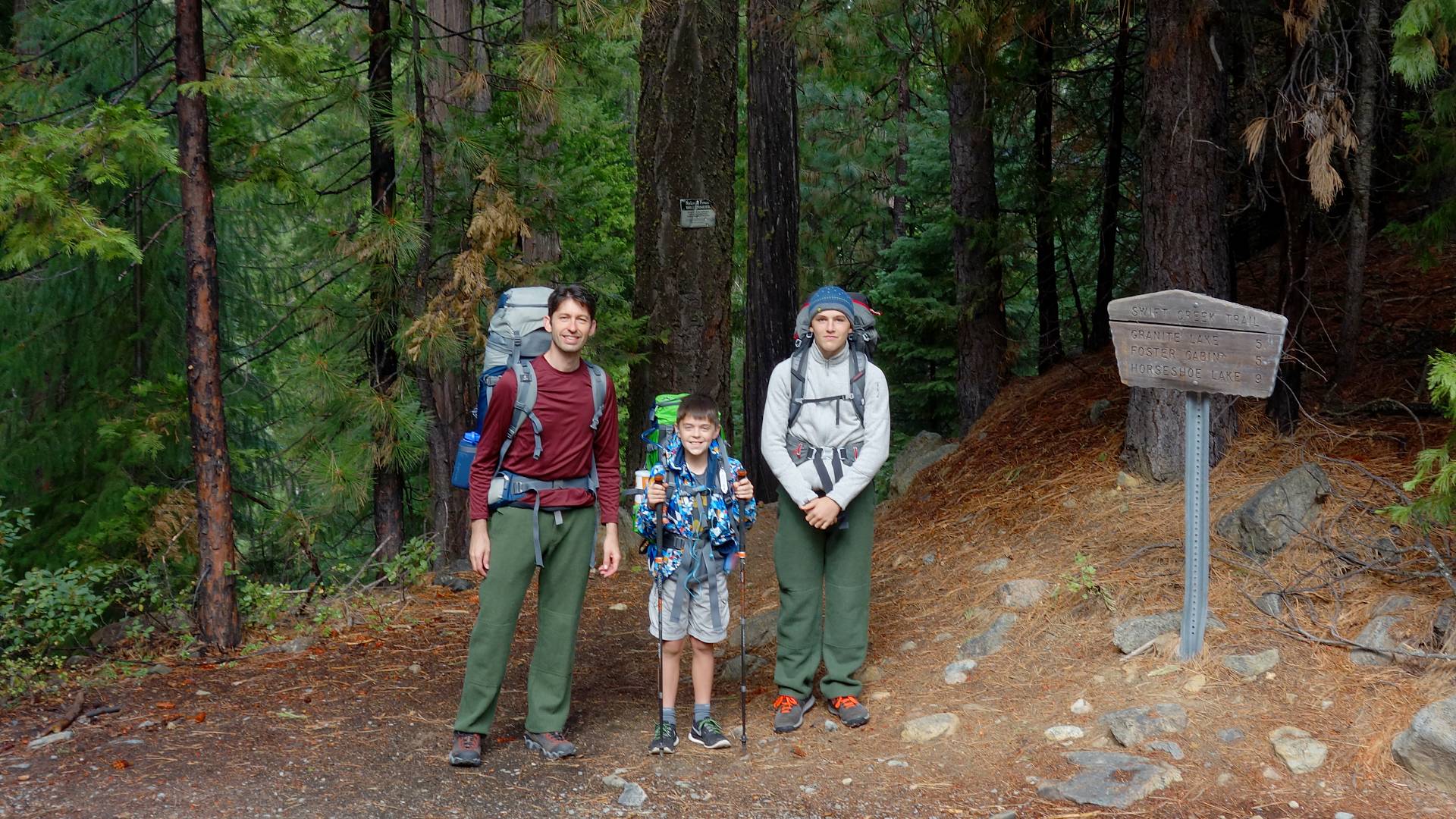Podcast: Download (Duration: 36:57 — 34.7MB)
Show Notes: Episode 181
Today on the First 40 Miles, it’s too hard. I’m too tired. I just can’t. Is resilience a lost skill? And how can we pass it on to the next generation? On today’s Top 5 List we’ll talk about how to raise the next generation of strong hikers and backpackers. Then, if you’re looking for a way to introduce backpacking to new readers, we have the perfect book for you. For today’s Backpack Hack of the Week, an instant food option that can fill a tortilla and feed a crowd.
Opening
- Resilient children
- “Resilience is that ineffable quality that allows some people to be knocked down by life and come back stronger than ever. Rather than letting failure overcome them and drain their resolve, they find a way to rise from the ashes. Psychologists have identified some of the factors that make someone resilient, among them a positive attitude, optimism, the ability to regulate emotions, and the ability to see failure as a form of helpful feedback. Even after misfortune, resilient people are blessed with such an outlook that they are able to change course and soldier on.” —Psychology Today
Top 5 Ways to Teach Resilience While Backpacking With Children
Develop a strong relationship with your child
- Harvard University’s Center on the Developing Child says this is the number one determining factor in building resilience in children.
- “The single most common factor for children who develop resilience is at least one stable and committed relationship with a supportive parent, caregiver, or other adult. These relationships provide the personalized responsiveness, scaffolding, and protection that buffer children from developmental disruption.”
Encourage proactive behaviors
- “I’m hungry” “I’m tired” “I’m bored”
- “What can you do to fix that?”
- Or even “That’s ok.” Because it’s ok to be hungry, tired or bored.
Let out the leash
- How can you expect a child to solve their own problems if they never have problems?
- Letting the leash out and giving your children a larger, more potentially dangerous playground
- Opportunities to get hurt and recover, to take a risk, fail and try again,
- Tricky balance for parents…
- Children must be allowed to take risks if they are going to develop resilience
Develop your own cultural traditions
- Harvard Center on the Developing Child also said that another key to resilience is cultural traditions
- Giving children sources of faith, hope, and cultural traditions.
- What traditions are a part of backpacking?
- Rhythm of the trail
- Even just creating an outdoor culture in your family
Take time for recovery
- Article from Harvard: The key to resilience is trying really hard, then stopping, recovering, and then trying again. This conclusion is based on biology. Homeostasis is a fundamental biological concept describing the ability of the brain to continuously restore and sustain well-being. Positive neuroscientist Brent Furl from Texas A&M University coined the term “homeostatic value” to describe the value that certain actions have for creating equilibrium, and thus wellbeing, in the body. When the body is out of alignment from overworking, we waste a vast amount of mental and physical resources trying to return to balance before we can move forward.
SUMMIT Gear Review: Backpacker ABCs by Heather Legler
Structure
- Short ABC book to help children get into backpacking
Utility
- Meant to help children get to know the trail
- Coloring book, website with resources
Mass
- Paperback: 3.3 oz; eBook: 0 oz.
Maintenance
- Share with your friends
Investment
- $10.99 for paperback (Amazon), $4.99 for eBook (Amazon, iTunes)
- Coloring book available for $8.99 (Amazon)
Trial
- Designed to teach children about what a backpacking trip is like
- Parent and teacher resources on BackpackerABCs.com
Backpack Hack of the Week™: Backpackable Dips and Spreads
- Refried beans
- Hummus
Found these in the bulk section of my local grocery store. Just add water, no heat, easy to eat with tortillas, pita bread, crackers, corn chips…
Trail Wisdom
There was a child went forth everyday,
And the first object he look’d upon, that object he became.
And that object became part of him for the day or a certain part of the day,
Or for many years or stretching cycles of years.
—Walt Whitman

